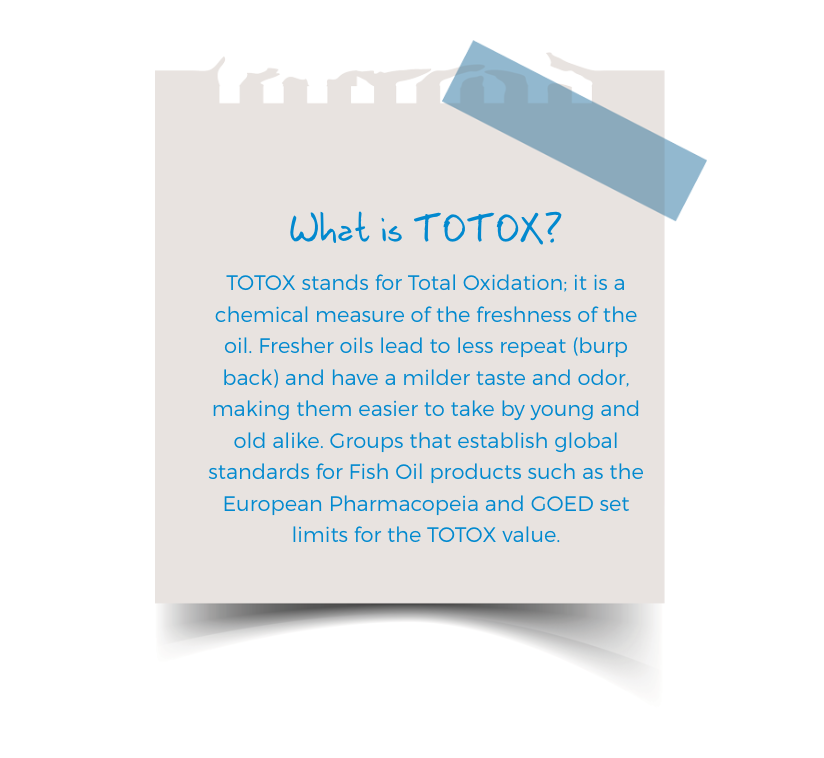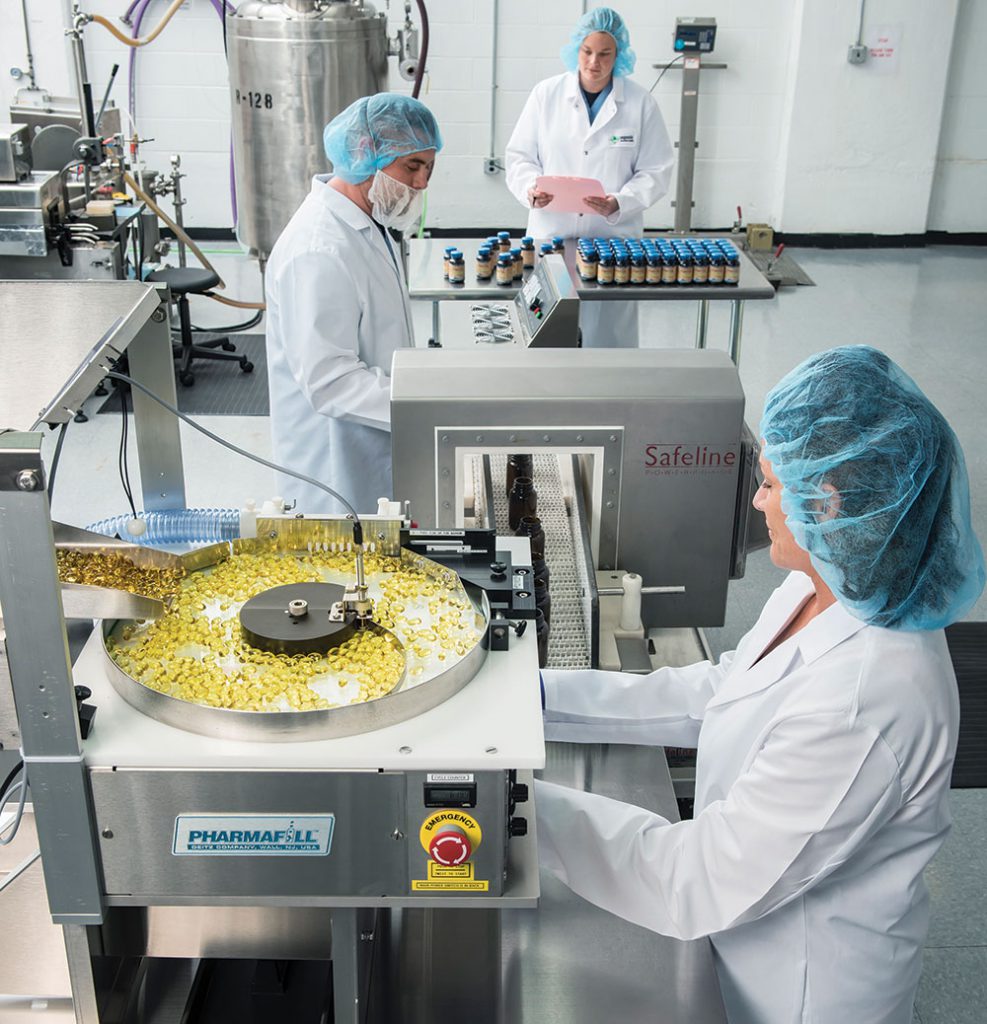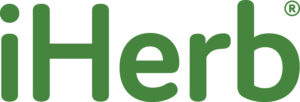Although most of the world’s Fish Oil is made from Peruvian Anchovy caught off the coast of South America, many brands promote their oils as Norwegian. This typically refers to the country where concentration and refining happens, not the country where the fish is caught and made into oil. Other than Norwegian Cod Liver Oils, Norway does not catch many fish destined for Omega-3 supplements.
WHERE DO MOST OTHER FISH OIL SUPPLEMENTS COME FROM?
FOOD FISHERY VS. REDUCTION FISHERY
Nearly one third of all wild caught fish are not caught for food, but are instead caught to be made into animal feed. This type of fishery is sometimes called a ‘Reduction Fishery’ because the fish are ‘reduced’ to basic commodities. Compare that to a Food Fishery, where fish are caught to be made into Food. Alaska Pollock is a Food Fishery.
- Food Fish are caught, filleted, and then canned or frozen to make human food. Fish meal & Fish Oil can be made from the leftover trimmings (mostly heads and viscera). However, many food fisheries are not very efficiently utilized and the trimmings are ground up and pumped out to sea.
- Reduction Fish are caught and then the entire catch from nose to tail is ground up into fish meal and Fish Oil. Fish meal is the primary product from this industrial feed operation, and Fish Oil is a byproduct. This meal is sold almost exclusively into aquaculture, where it is used to feed farmed fish. The Fish Oil is used in aquaculture feed, in pet foods, or made into dietary supplements.
South American Anchovy (Engraulis ringens) is caught off the coast of Peru and Chile; it is the world’s largest reduction fishery and makes up the largest portion of global Fish Oil supply (about 60-65%, depending on the year). The UN’s FAO calls it “the most heavily exploited fish in world history.
Source: IFFO Weekly Report, Week 52/16, 26 Dec 16 to 01 Jan 17
RAW FISH OIL NEEDS TO BE PURIFIED & REFINED
- Several major international standards exist for purity of Fish Oil: US / EU Pharmacopeia, California Proposition 65 limits, GOED Voluntary Monograph. These set the limits for minor impurities and toxins such as heavy metals and PCBs. The world’s leading manufacturers meet these demanding requirements for Fish Oil quality.
- Raw Fish Oil has a distinctive strong fishy taste and odor; while not a nasty rotten fish smell, most consumers want fish tastes and odors completely removed from their supplements.
Wiley’s Finest is a proud member of GOED, the Global Organization for EPA & DHA. GOED’s mission is to help consumers worldwide reach EPA and DHA Omega-3 intake levels optimal for the health conditions they are trying to manage and to have the broadest access possible to these valuable nutrients in foods, supplements, and other products that help them reach this goal.
HOW IS THE RAW ALASKA POLLOCK FISH OIL MADE?
Raw Fish Oil is made using an age-old technique called ‘Rendering’ which turns the heads, trimmings, livers, and other leftovers from the filleting process into Fish Oil and fishmeal.
- Much (but not all) of the Raw Fish Oil is made on board a large fishing boat called a ‘Catcher-Processor’. In some cases, it is also made at shore processing plants.
- Immediately after the fish are filleted, the heads and livers are sent to the rendering plant.
- Oil is Freshly made by quickly cooking the trimmings, which are mostly heads and livers. Liver is by far the largest source of oil.
- The Cooked Trimmings are then pressed through screens. Oil is skimmed off the water released during cooking, and the cooked meal is then dried into fishmeal.
- The Fish Oil is then centrifuged to remove solids & dried.
- This freshly processed oil is then sealed into oxygen barrier containers or pumped into nitrogen inerted rail cars and shipped to our facility in Ohio.

Wiley’s Finest is made with AlaskOmega® (a registered trademark of Organic Technologies), the Wiley family’s Fish Oil bulk ingredient brand. AlaskOmega® is a recognized global leader in high quality Omega-3 concentrates. Setting the bar high to be #1 in Freshness; AlaskOmega® is the leader in low TOTOX Fish Oils.
WE KNOW OUR FISH OIL FROM START TO FINISH






